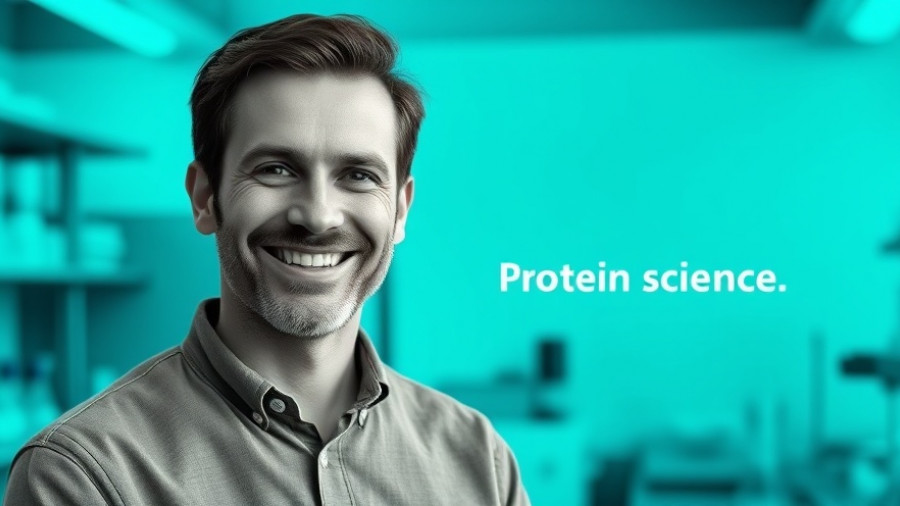
Unraveling the Power of Custom Proteins
Imagine being able to design proteins from scratch! This could change everything from medicine to environmental sustainability. David Baker, a groundbreaking scientist, recently spoke about his Nobel Prize-winning work that allows us to create new proteins using computer programs. In Baker's journey, he argues that proteins are the workhorses of our biology and have the extraordinary ability to perform complex functions such as healing tissues and fighting off diseases. For many years, this concept seemed like a dream. Now, it’s becoming an exciting reality with the advent of technology.
In 'Why Building New Proteins from Scratch Is Our New Superpower | David Baker | TED', the discussion dives into the revolutionary potential of protein design, exploring key insights that sparked deeper analysis on our end.
The Big Shift to AI in Protein Design
Traditionally, scientists relied on nature’s existing proteins, which evolved through billions of years of trial and error. But recent advances are allowing researchers to switch gears. Baker’s team is now using artificial intelligence (AI) to analyze vast databases of protein structures and learn how to design entirely new proteins tailored to perform specific functions. For example, during the COVID-19 crisis, they successfully created a vaccine that works on a novel design, marking a significant milestone in medicine. The implications are enormous.
Applications That Could Transform Our World
Baker’s AI-driven protein design has opened up a world of possibilities. From combatting climate change by creating proteins that can break down pollutants, to enhancing food security by developing crops that adapt to rising temperatures, the applications of this revolutionary science are as diverse as they are innovative. Baker has already started working on proteins that could degrade plastics in a sustainable manner. This could greatly impact our war against pollution—an issue that society has struggled with for decades.
Future Outlook: What Lies Ahead?
Looking forward, Baker is optimistic about the rapid evolution of protein design technology. He predicts that many breakthroughs in medicine and environmental science will occur within the next six years. Areas like sustainable agriculture and advanced healthcare are on the docket, as Baker’s innovations may soon lead to crops that withstand extreme temperatures and proteins that can target cancerous cells more effectively. The transformational potential of protein design is only beginning to be explored, and the future seems bright.
Building Accessibility: A Global Approach to Innovation
Baker stresses the importance of making these technologies accessible to scientists around the world, especially in regions with fewer resources. By partnering with local researchers in countries facing unique challenges, he aims to empower them to create their own solutions using these cutting-edge methods. This approach not only fosters innovation but also aligns with ethical considerations, ensuring that the benefits of scientific advances reach those who need them most.
Conclusion: A Call for Innovation
As we await what the future holds in protein design, one thing is clear: we are standing on the brink of a colossal revolution in science and technology. David Baker's pioneering work provides a glimpse into a world where we could soon tackle significant health and environmental challenges through protein innovation. The journey has just begun and requires collective efforts to harness this technology responsibly.
Stay tuned to see how these incredible advancements transform science and society. As one of Baker's central messages attests, the more we open up the avenues for innovation, the greater the impact we can have.
 Add Row
Add Row  Add
Add 




Write A Comment